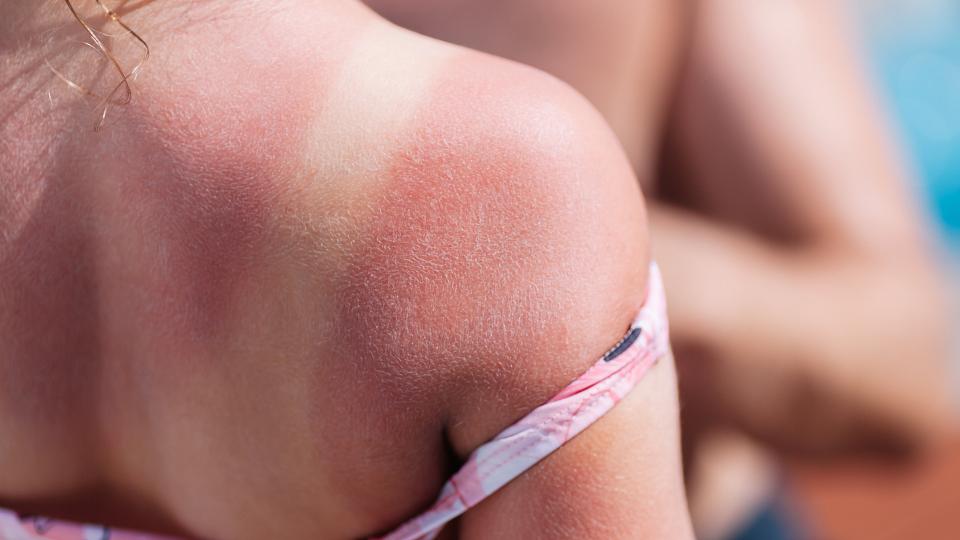Wound Care: Basic Principles
Wound care uses specific dressings and hygiene to prevent wound infections. The wound care team assesses the healing progress of wounds daily. Wound care:
- contributes to improved pain outcomes,
- prevents infection by using specific dressings and daily hygiene,
- assesses wound progress
- determines the need for surgery
- improves blood flow to the wound, and
- helps decrease scar tissue.
Daily assessments help the wound care team decide if your wounds may need surgical care.
Initial Burn Wound Care Treatment
When you are admitted to the burn unit, your wounds will get an initial cleaning, or debridement. You may need sedation and pain medication for this process.
There are many types of ointments and creams that we use, depending on the depth and stage of your burn.
Ointments, Creams, & Solutions
Here are some of the ointments and creams we use in wound care:
- Aloe vera products - Lotions, gels and sprays used to moisturize skin.
- Bacitracin – Bacitracin is an antibiotic ointment used to treat burns, healing skin grafts, and donor sites.
- Eucerin or Elta – Moisturizing lotions/creams that are put on healed burns, grafts, and donor sites.
- Silvadene – A white antibiotic cream put on new burns to prevent infection.
- Silver nitrate – A solution of silver salt that is antibacterial and used to treat some burn wounds and to stop bleeding.
Burn Wound Care Team
The wound care team includes experienced registered nurses and health care assistants who work with burn physicians and advanced practice providers. The team evaluates and determines the best treatment for wounds.
Burn Wound Care Specialists
Burn Wound Care Dressings
Everyday there is a dedicated wound care team that arrives early to prepare and schedule your dressing changes. The time the team changes your dressings may be different from day to day. The bedside nurse will communicate wound care times with you. They will also discuss the pain management plan for the dressing change.
During the day, dressing changes might be done in the shower room or in the patient’s room.
We encourage patients to wash their wounds and help with dressing changes as soon as they are able. Before you leave the hospital, we will provide you, and whoever will be helping you at home, with training about how to dress your wounds.
Types of Dressings
- Ace Wraps – Elastic bandage used to wrap burned areas. It provides pressure and support, thereby potentially decreasing scar size, improving circulation, and minimizing swelling.
- Acticoat – A patented silver coated antimicrobial burn dressing that kills bacteria and yeast. Used to treat 2nd and 3rd degree burns and donor sites. It may be applied as a dry dressing or as a wet dressing with water.
- Adaptic – A type of non-stick gauze.
- Allograft – A biological dressing used as a covering for a burned area. It is cadaver skin (also called homograft).
- Kerlix – A type of gauze used to bandage burn wounds.
- Mepilex – A patented absorbent wound care product used to dress burn wounds.
- Suprathel – A patented synthetic wound application, typically used on donor sites.
Hygiene for Staff & Family or Friends
Staff participating in a dressing change will wear a hat, mask, plastic gown, goggles, and gloves to protect the patient from contamination. If a family member or friend wishes to participate during wound care, they may need to wear a:
- hat,
- gown,
- mask, and
- gloves.
Please let us know if you have any questions about dressing changes for wounds.
Healing From Burn Wounds
Factors Affecting Wound Healing
There are many factors that affect how long your wounds will take to heal. These include the following:
- Patient age
- Infection: if the wound becomes infected or if you develop an infection elsewhere in your body
- Nutrition plays a big part in your body’s ability to heal and fight infection
- Pre-existing disease
- Steroid use
- Smoking decreases the amount of oxygen in your tissues
- Decreased immune system from pre-existing disease or from the burn injury
Common Healing Problems
Some of the problems that can affect how your wounds heal include the following:
- Scar development
- Joint contracture
- Dry skin
- Itching
- Changes in skin color
- Hypersensitive & fragile skin
- Decreased sensation
- Poor body temperature regulation
- Chronic pain
The wound care team at University of Utah Health is trained in all wound healing techniques. Our goal is to give you the highest quality care available.
Resources for Our Patients
Verified Burn Center Experts
Why does it matter that we are a verified burn center? The American Burn Association and the American College of Surgeons designed a rigorous review program that ensures verified centers offer the best care for their patients. This includes the whole patient experience from the time of injury through rehabilitation.
It also means we meet the highest quality of care available because we meet these high quality standards. The standards are for personnel qualifications, facilities resources, organizational structure, and medical care services.








